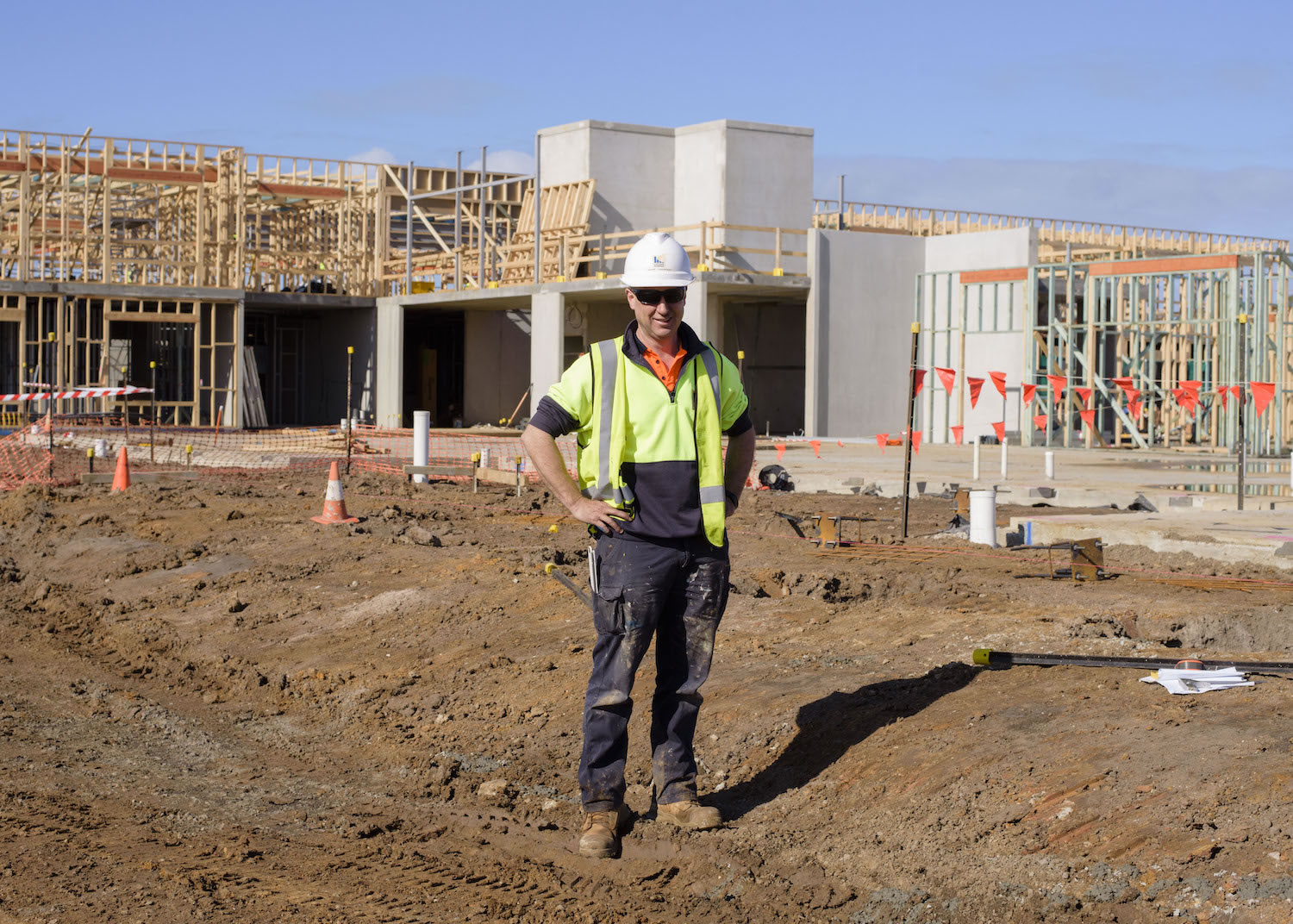
With the structural bones in place and the functional systems installed, the project enters one of its most transformative phases — painting. This is where blank surfaces become expressive, and construction starts to look and feel like a real, livable space.
The painting stage is far more than just applying color. It represents a careful blend of preparation, precision, and visual design. Before a single brushstroke touches the surface, every wall is cleaned, sanded, and primed to ensure smoothness and adherence. It’s a stage where quality craftsmanship matters — imperfections must be patched, corners must be crisp, and coverage must be consistent.
In this phase, the choice of paint isn't just about color — it’s about durability, purpose, and mood. From moisture-resistant finishes in wet areas to matte tones for warmth in living spaces, every coat is chosen with function and beauty in mind. Skilled painters work with attention to detail, ensuring even application across walls, ceilings, trims, and doors.
Beyond the visual appeal, this stage breathes new life into the structure. Paint protects surfaces from wear, water, and weather. It defines personality, adds depth, and sets the tone for the entire interior and exterior environment. Whether it's a bold feature wall or a soft, welcoming palette, this is the point where the vision starts to truly take shape.
In the backdrop of the image, you’d see painters in action — rollers moving in rhythm, drop cloths covering floors, and masking tape outlining edges — all working in harmony to ensure a flawless finish. The environment transitions from raw construction to curated space.
The painting stage is a defining moment. It marks the shift from building to belonging, giving identity to rooms, corridors, and façades — ready for occupants to step in and call it theirs.